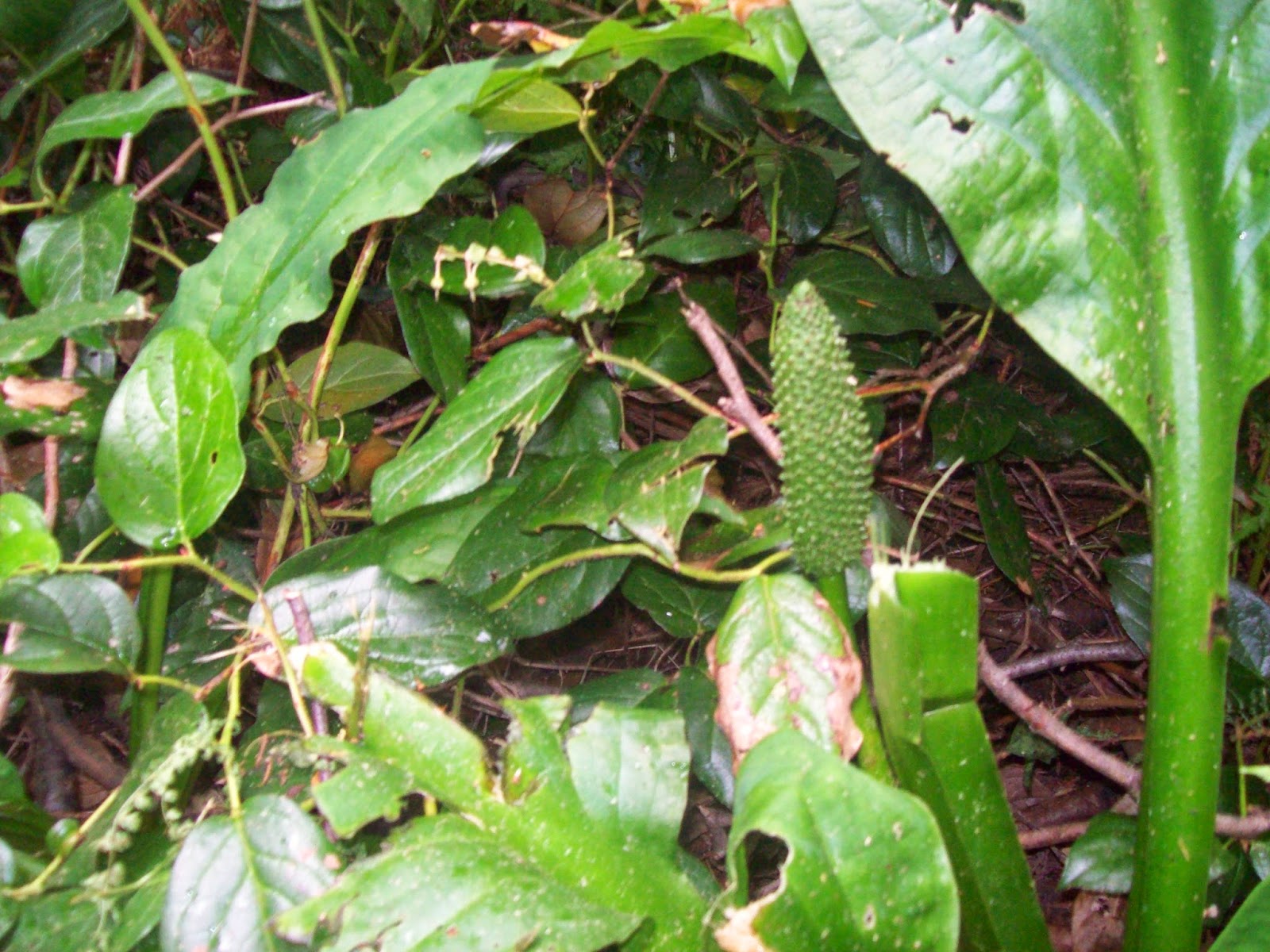Infestations provide opportunities for investigation and experimentation. Exciting!
Our apple trees have codling moth long time. Improved pruning over the last several years seems to have reduced it's impact this year, and we actually have pears. We are happy enough.

[Apple demonstrating entrance points for moths, guess what's inside! September 30, 2014]
A neighbor was walking by this morning as my roommate and I were gardening and started talking about his research into codling moth. He suggested we fixate cardboard boxes around the base of the trees. At specific times each year larvae climb out of the apples and down the trunks for cocooning. We can confuse them with the corrugated cardboard, which they might climb into, and thus we trap them. These are called "trunk bands". I say why not.
Next year we can try these ideas: remove infected fruit (the most obvious!) which I admit my roommate listed on our To-Do but hasn't happened yet. At bloomtime we might hang 2-4 traps in each tree to replace every 2 months until we harvest. They complete up to 3.5 generations a year: at bloom, mid-July and mid-August, which is something to factor in. These particulr traps will capture males before they can mate. Another barrier involves socking the fruit with nylon stockings. I've seen these tricks done on city fruit but never thought twice about benefits. It could be fun to hang a pheromone confusion dispenser (!) - which involves using Isomate C+ or Isomate CTT - but no one cares enough for that I'm sure.
We also have an ongoing issue with aphids on our kale plants. I pulled many plants in late Spring and didn't think more about prevention. Now they are back (of course)

[Super blurry photo of kale that was going to seed for us until it got consumed, September 30, 2014]
Our neighbor told us we need ladybugs (yes please!) so we might cultivate specific plants to attract them: mint, fennel, dill, yarrow and dandelion. Garlic and onions are said to drive aphids away (great!). Additionally we might plant flowers to attract aphids away from the kale, to have a little plot of colorful beauty: nasturtium, aster, mum, cosmos, larkspur, dahlia and zinnia. I've seen this strategy on farms I've worked at.
Who are these devilish friends of ours? CM, Cydia pomonella (Eurasia) loves apple, pear, quince, hawthorn, crabapple, and walnut. It coexists in the Tortricidae family with over 10,350 other species. They rest during the day camouflaged on bark until mating time. Females may lay up to 100 eggs on the fruit or leaves, singly. The egg starts out translucent, develops a reddish embryonic ring then produces a black head just before hatching (a great way to spot them in time, perhaps). The larvae enter the fruit (called "stinging"), eat the seeds, then eat their way out, making their way down the trunk for pupation overwinter. Living the life of sex, food and sleep. That must be nice.
Aphids proliferate in over 4,000 species around the world, with 1,350 on our continent. They are slow and soft - great targets - with great defenses. Aphids are said to kick attackers, walk away, or roll to the ground. Since they feed in groups, some aphids play the role of "bodyguard", which are called upon by specific pheromones. They'll secrete a waxy lipid to fill an attacker's mouth or toxins into the abdomen. When they aren't defending themselves they are feeding on plant sugars. They have to consume a lot of plant tissue in order to retrieve enough nitrogen. I wonder if high nitrogen garden beds are more attractive?
The more I think about it the life cycle of an insect sounds mighty fine.
Works Cited
Agnello, Arthur M. and David P. Kain. "Codling Moth".
Codling Moth Fact Sheet. Integrated Pest
Management Program. Web. September 30, 2013.
<http://nysipm.cornell.edu/factsheets/treefruit/pests/cm/cm.asp>.
Carroll, Jackie. "Killing Aphids Naturally: How To Get Rid of Aphids Safely".
Homemade Aphid
Control. Gardening Know How, March 3, 2014. Web. September 30, 2014.
<http://www.gardeningknowhow.com/plant-problems/pests/homemade-aphid-control-a-natural-
way-to-kill-aphids.htm>.
Charlotte from Peaceful Valley. "Organic Control of Codling Moths." Grow Organic, April 15,
2011. Web. September 30, 2014. <http://www.groworganic.com/organic-
gardening/articles/organic-control-of-codling-moths>.
Hadley, Debbie. "Habits And Traits of Aphids, Family Aphidacae."
True Bugs, Aphids, Cicadas and
Hoppers. About Education, Web. September 30, 2014.
< http://insects.about.com/od/truebugs/p/Aphididae.htm>.






























.jpg)